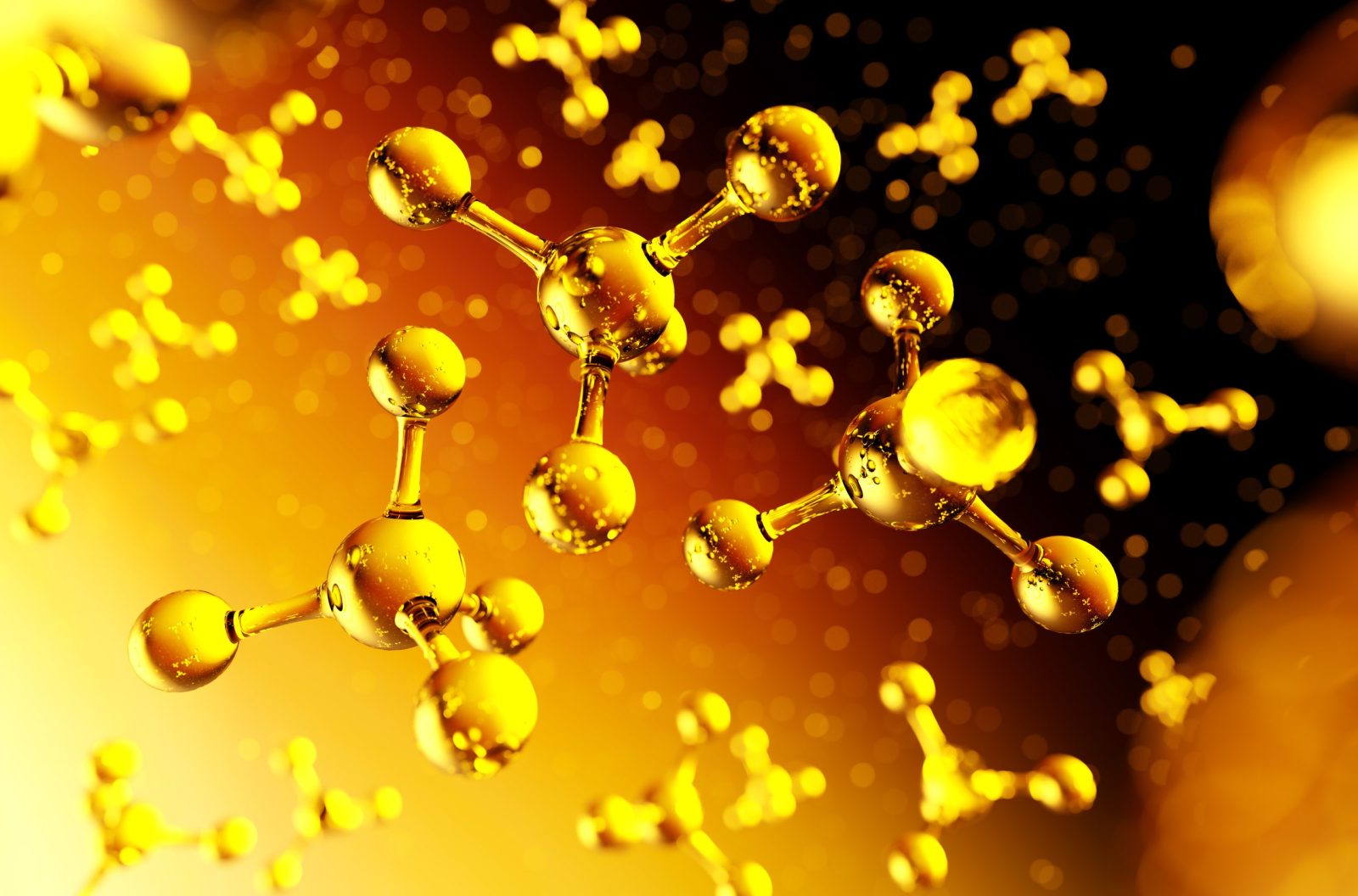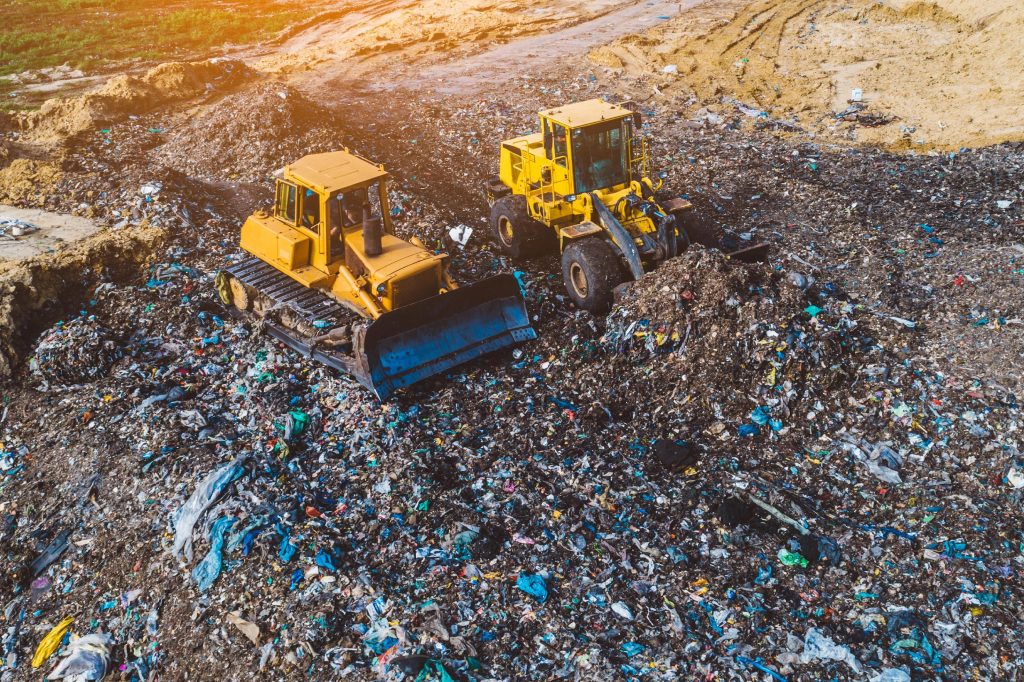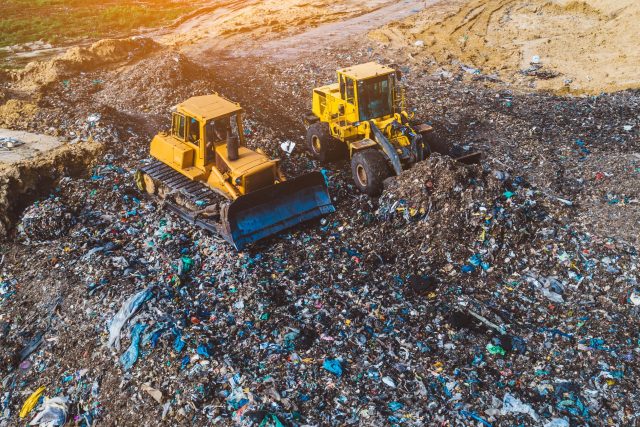Mura’s Target feedstock includes the flexible, multi-layered materials that cannot be processed via traditional mechanical means, such as flexible films and multi-layer plastics, that would otherwise be sent to incineration or landfill.
For use in the manufacture of new plastics















